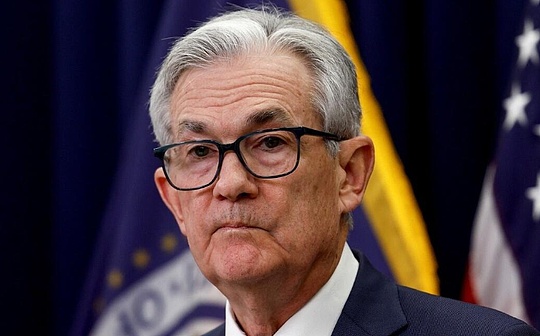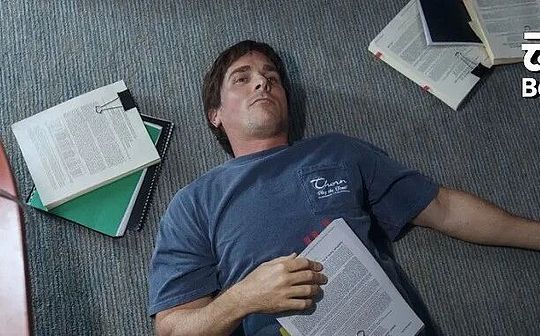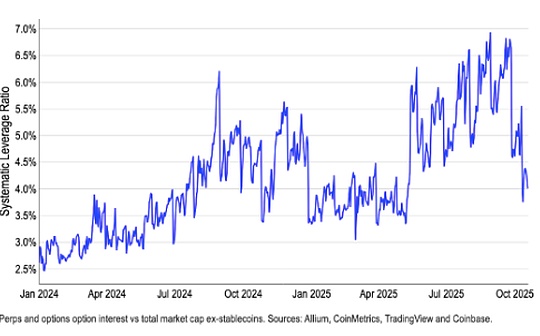
Federal Reserve Chairman Powell insisted at a press conference held after the Federal Reserve sharply lowered its benchmark interest rate by 50 basis points that the move was not to support incumbent President Biden on the one hand, nor to deal with the upcoming economic collapse on the other hand.
Powell admitted from the outset that recent inflation and employment data have made the Federal Open Market Committee (FOMC) reach a 50 basis point conclusion.
“We have two job reports, July and August. We also have two inflation reports, one of which was released during the power outage. The QCEW report shows that the number of wage reports we get may be artificially high,” Powell said.and will be downgraded. We also see anecdotal data such as the Beige Book.”
“We concluded that it’s the right thing for the economy and the people we serve, and that’s how we make decisions,” he said.
1.When asked how the market should decide whether the future meeting will cut interest rates by 25 basis points or 50 basis points, Powell said: “A good starting point is the Economic Forecast Overview (SEP).If you look at the SEP, considering our current situation and what we expect, you will find that this is a process of re-adjusting our policy stance, from high inflation and low unemployment a year ago, to a more suitable position.”
He added: “There is no content in the SEP that shows the committee is anxious and the process has evolved over time.”
2.Powell was asked about the latest forecast from the Federal Reserve, which showed that the FOMC expects federal funds rates to remain higher than long-term neutral valuations by the end of next year, whether this suggests that officials believe short-term neutral rates are slightly higher.
“We know that the policy stance we took in July 2023 was taken at a time when the unemployment rate was 3.5%. Today, the unemployment rate rose to 4.2%, and inflation fell to more than 2% of the year. WeKnowing that it is time to readjust our policies to make them more appropriate, as inflation and employment are moving towards a more sustainable level. Risks are balanced now.”
3.The Fed chairman was then asked how big the 50 basis point gap was in FOMC’s vote for support and whether it was clear that this would be the result of the September meeting.
“We kept it on when the power went out. There was a lot of back and forth today, great discussions, and the decision to vote for the committee was widely supported.”
Powell added: “All 19 committee members wrote down interest rates multiple times this year, all 19 people, which is a big change from June. We made a good start for this and frankly, it does show that we haveConfidence that inflation will drop to 2% on a sustainable basis, empowering us. We can get a good start and I’m glad we did it.”
4.Asked whether a larger rate cut represents growing concerns about labor market conditions, Powell insisted it was realistic.The latest forecast from the Federal Reserve shows that the unemployment rate will peak at 4.4%.
“The labor market is in a solid state, and we are taking policy measures today to keep it that way,” Powell said. “You can say the whole economy. The U.S. economy is in good condition, growth is stable, inflation is falling. The labor market is in a strong position. WeWant to keep it.”
5.Powell was also asked whether a 50 basis point cut would mean that the Fed was late to start a loose cycle.
He replied: “We don’t think we’re behind, we think it’s timely, and you can see this as a signal that we promise not to fall behind.”
6.He was asked why labor market conditions should not be expected to worsen further if the policy remains at a restrictive level.
“The current situation is very close to what I’m talking about, and you’re close to that goal. So, what is driving it? Obviously, the number of new jobs has dropped in the past few months, and it’s worth it,” Powell said.Focus. But ultimately, we believe that by adjusting our policies appropriately, you can continue to see economic growth, which will support the labor market.”
He added: “At the same time, if you look at the economic growth and economic activity data, the retail sales data we just got, the second quarter GDP, all of which suggests that the economy is still growing steadily. So, over time,, this should also support the labor market.”
7.Powell was asked what FOMC will learn from the meeting now to November, which will provide the magnitude of the next move.
He replied: “More data than usual, we’ll see another job report, and we’ll actually get a second job report on Friday before the meeting, and inflation data. We’ll get all that data, we’ll get itWill pay close attention.”
8.Asked about the possibility of returning to the era of “cheap money” before inflation in recent years, Powell said they can only guess, but he thinks it is unlikely.
“Intuitively, a lot of people would say that we might not go back to that era when there were trillions of dollars of sovereign bonds trading at negative rates, and neutral rates might seem like they were negative. Now it seems far away. My own feeling is that we won’t go back to that era, but to be honest, we’ll find the answer. In my opinion, the neutral rate may be much higher than it was, how high is it? I just thinkWe don’t know.”
9.Powell also answered questions about whether there is a political motivation to cut interest rates today before the election and whether it is intended to support the current president.
Powell insisted: “Our job is to serve all Americans. We do not serve any politicians, any politicians, any reason, any problem, nothing is, it just represents all Americans to maximize employment and price stability. This isA good institutional arrangement that is good for the public and I hope and firmly believe it will continue.”
10.The last question faced by the Federal Reserve Chairman is whether the FOMC sees any potential shock in the future that could lead the U.S. economy to a recession.
He replied: “I don’t think so, I’m seeing no signs that the likelihood of a recession is increasing. You can see that the economy is growing at a steady pace, inflation is falling, and the labor market is still at a very stable level.”








